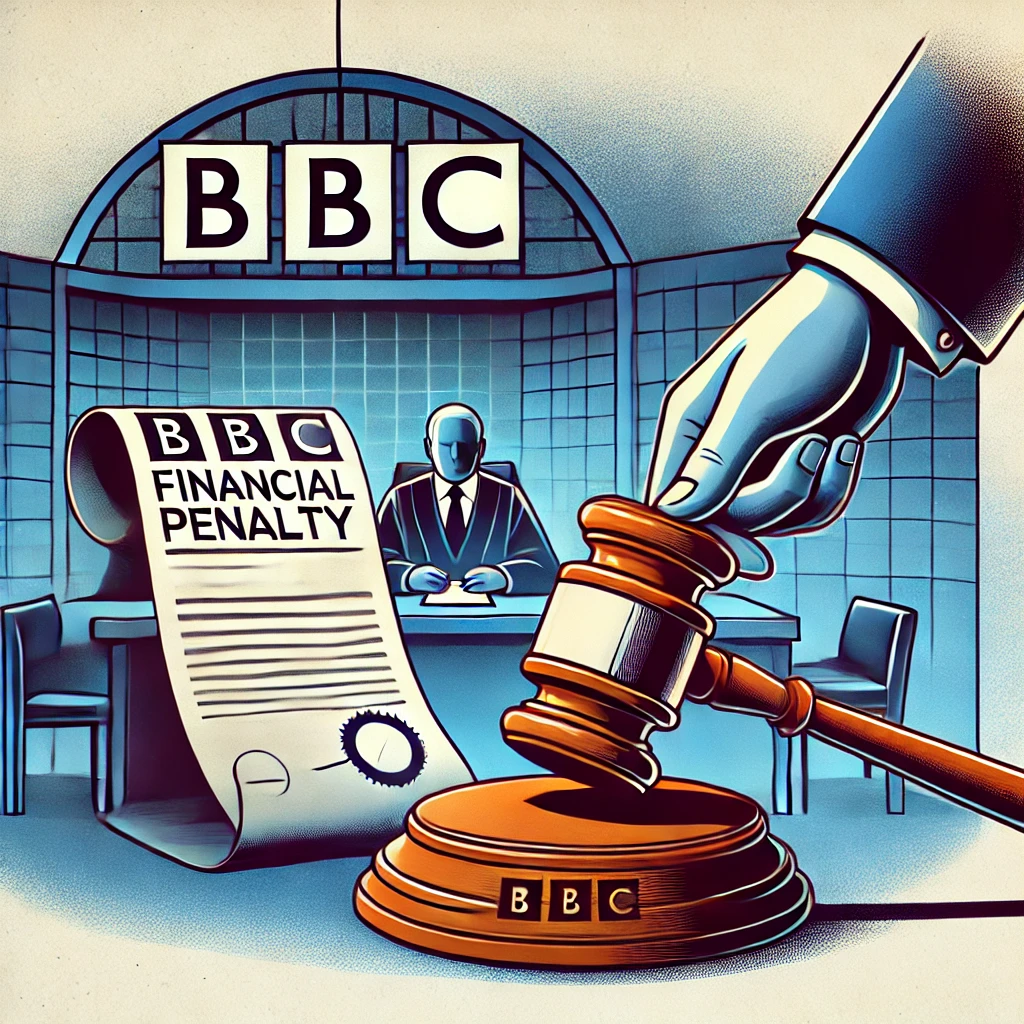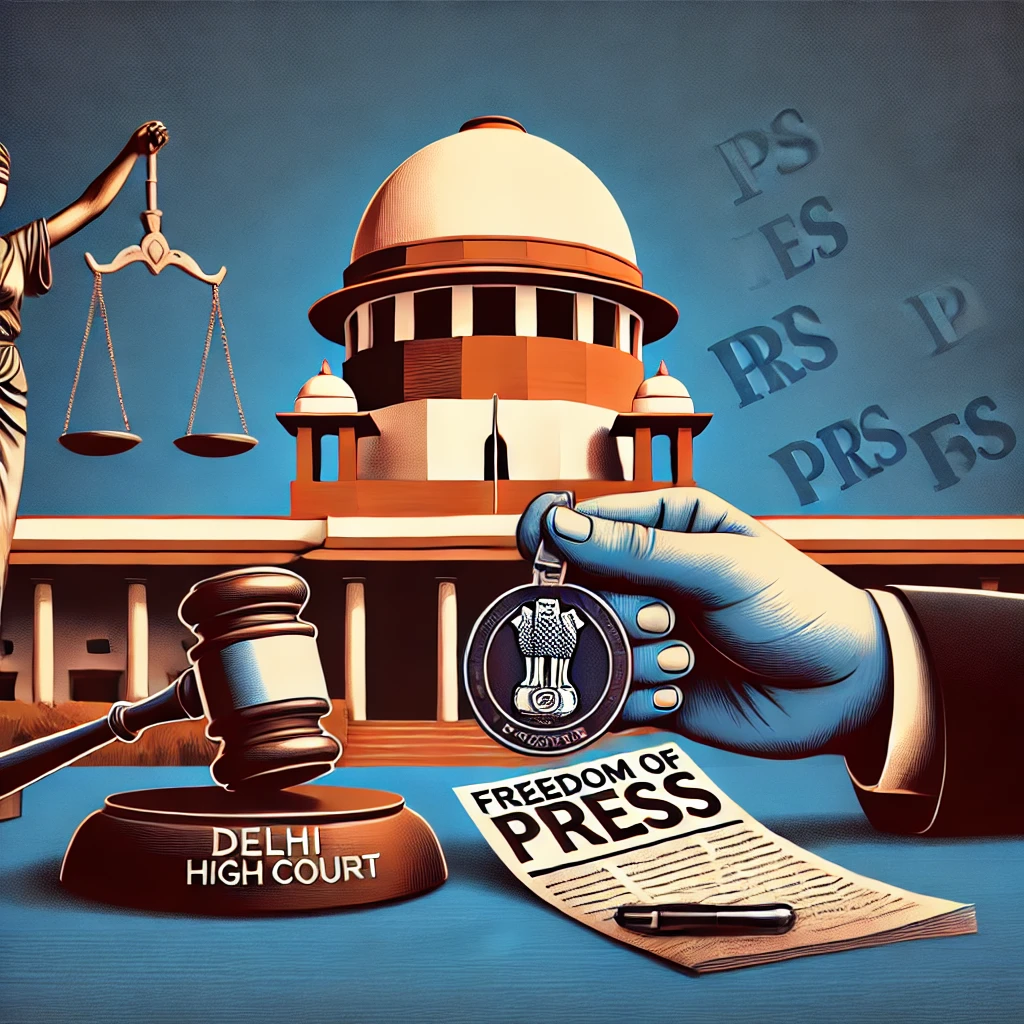Media laws at Norfolk Island (Australia)
Norfolk Island, an Australian external territory in the South Pacific, has a unique media landscape shaped by its governance structure and regulatory environment. Here's an overview of the media laws and broadcasting framework on the island:
📜 Legal Framework
Media regulation on Norfolk Island is influenced by both local legislation and Australian federal laws
Norfolk Island Broadcasting Act 2001 (NI):This local legislation governed broadcasting services on the island until 2021
Broadcasting Services Act 1992 (Cth):Following the transfer of governance from Norfolk Island to the Australian Government in 2016, broadcasting services on the island became subject to this federal legislation The Australian Communications and Media Authority (ACMA) oversees broadcasting regulations, including licensing and content standards
Territories Legislation Amendment Act 2020 (Cth):This amendment extended the application of the Broadcasting Services Act to Norfolk Island, facilitating the transition of broadcasting services to federal oversight
📻 Radio Norfolk
Radio Norfolk (callsign: VL2NI) is the primary community radio station on the island, operating on 89.9 FM and 1566 AM frequencie. It provides a vital communication service, delivering local news, emergency alerts, and community informatio. The station was previously managed by the Norfolk Island Regional Council (NIRC) but transitioned to Norfolk Island Radio Ltd in 2025 to comply with ACMA regulations, which prohibit government entities from owning broadcasting licence.
📺 Television and Other Medi
Television services on Norfolk Island are limitd The 1986 referendum on introducing state television resulted in a narrow approval, but implementation has been constrained by logistical and financial challengs Currently, television services are primarily delivered through satellite and re-transmission of Australian Broadcasting Corporation (ABC) channes.
The Norfolk Island Regional Council also manages media communications through its Media Policy, adopted in 2016, which governs the dissemination of information to the publc.
⚖️ Media Regulations and Challenge
Media operations on Norfolk Island face unique challenges due to its status as an external territoy:
*Regulatory Transition: The shift from local to federal oversight required adjustments in broadcasting operations and compliance with Australian media regulatios.
*Content Restrictions: There have been instances where political content was restricted on Radio Norfolk, citing the station's status as a government-operated entity and the need for balanced programmig.
*Infrastructure Limitations: The island's remote location and small population pose challenges for the development and sustainability of diverse media servics.
🧭 Conclusin
Norfolk Island's media landscape is evolving within the framework of Australian federal regulatin. While Radio Norfolk continues to serve as a crucial community resource, the island's media environment remains influenced by its unique governance and regulatory contxt.




















0 comments